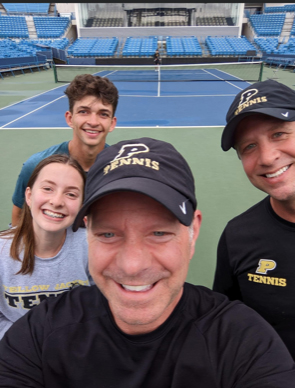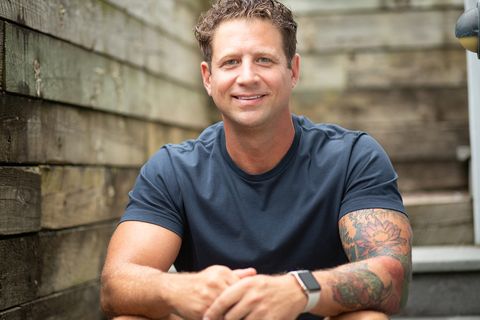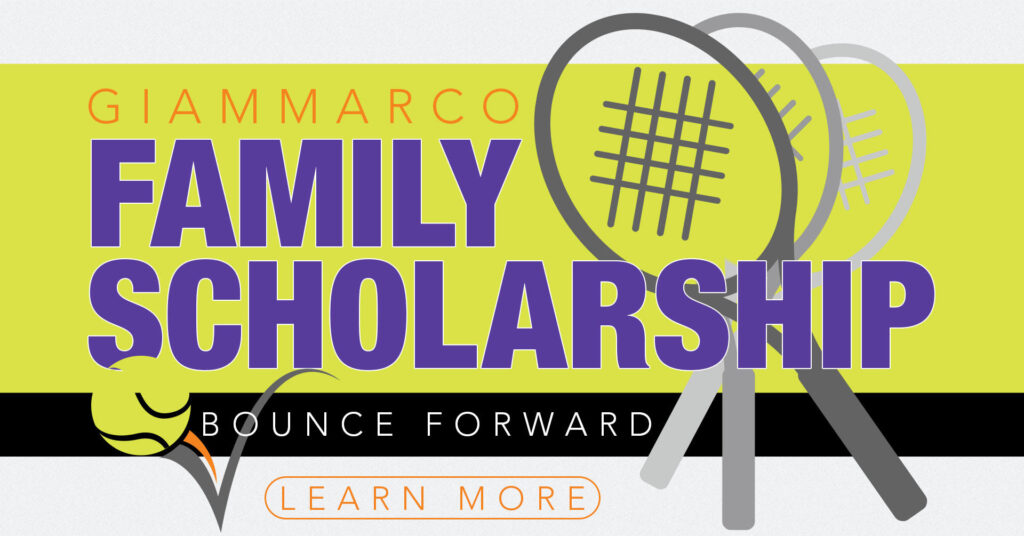Finally! A Program that Focuses On the Two Most Important Shots in Tennis... The Serve & Return
Is your serve more of a liability than a weapon?
Do you give away too many free points by double faulting?
Do you struggle with serve and return technique and tactics?
Data shows that 1st serve win %, 2nd serve win %, and return errors are the 3 MOST IMPORTANT factors in winning (or losing) tennis matches.

What if you could serve with confidence and never had to worry about
double faulting again?
How fun would it be to transform your serve and return from a liability into a weapon?
Serve and Return Program Features
Serve Technique
We video record each player’s serve utilizing Dartfish software and evaluate against 8 serve stages. Serve stages include:
- Start
- Release
- Loading
- Cocking
- Acceleration
- Contact
- Deceleration
- Finish
Learn Serve and Return Tactics and Strategy
- 1st & 2nd serve locations
- 1st & 2nd serve factors
- 1st & 2nd serve situations (i.e. hold points, etc.)
- Serve +1 • Return Situations (i.e. break points, etc.)
- Returning 1st Serves
- Returning 2nd Serves
- Return +1
- Scoreboard Strategies

Learn These Important Elements of the Serve

Serve Locations:
We cut the services boxes into eight equal areas, starting with the deuce court out wide and moving left across the court. A common serve location language allows us to be on the same page when learning primary and secondary serve plays.
Serve Factors:
Serving to the opponent’s forehand or backhand is predicated on 8 serve factors used as “filters” to make smarter decisions with serve locations.
Serve Situations:
Match analytics tells us that there’s about a 50/50 chance of servers still holding even when down 15-40. Even when you’re down 0-40, remember, you’re the one hitting the serve – arguably the biggest weapon in the game.
1st Serves:
Arguably, the biggest weapon we have. It’s not practiced nearly enough. Can you get 6 out of 10 first serves in when and where you need it? We dive into why power and location are both critical and how to practice 1st serves with focus and intention.
2nd Serves:
You’re only as good as your 2nd serve. Do you practice it with focus and intention? We’ll dive into why it’s so important and teach you how to use it as a weapon.
Serve +1:
The serve should be thought of as a multi-faceted weapon that can deliver an ace, force a return error, or develop into a tactic called Serve + 1 – where the serve and the first shot after the serve are considered one unit. We teach Serve +1 plays for both 1st and 2nd serves.

Learn These Important Elements of the Return
Did you know your percentage of winning a point skyrocket
returning 2nd serves vs. 1st serves?
We address the #1 thing you should start doing with your returns, and the best place to hit them.
We teach Return +1 (where the return and the first shot after the return are considered one unit) plays for both 1st and 2nd serve returns.
We also dig into:
- Return Situations
- Returning 1st Serves
- Returning 2nd Serves
- Break Points
- Return Approach
- Return Winner
Tennis Instructors
Coach Patrick Giammarco
Patrick is a USPTA Certified Tennis Instructor and Head Tennis Coach for the boys Perrysburg High School Team. As a USTA official, you may also see him around the Midwest officiating tournaments.
He earned Tennis Serve Specialist and Technique & Match Analyst certifications allowing him to use the latest technology to analyze a player’s serve, strokes, and match play through video technique analysis. Patrick also holds certification as a Pro Level 3 tennis match charting expert.
His passion for tennis is evident in the numerous ways he continues to give back to the sport. Click to learn more about Patrick.

Coach Paul Matuszynski
Paul first picked up a tennis racket at the age of 6 and almost immediately fell in love with the sport. He started playing local tournaments at the age of 10. By the time he was 14, he achieved a singles ranking inside the top 25 in the USTA Midwestern United States Region. He was also able to achieve the #1 double ranking in this region too. During this period, he also competed for the National Zonal team championships.
Through his years of experience and desire to learn as much as he can, Paul has developed tools and techniques that can be applied to players of all skill levels and ages. He earned a (TSS) Tennis Serve Specialist certification and is actively working towards a CTPS certification. Paul also serves as the assistant coach to the Perrysburg High School boy’s tennis team.

